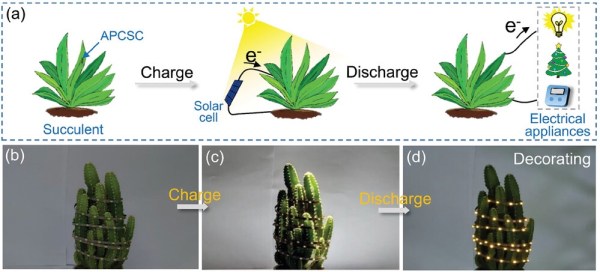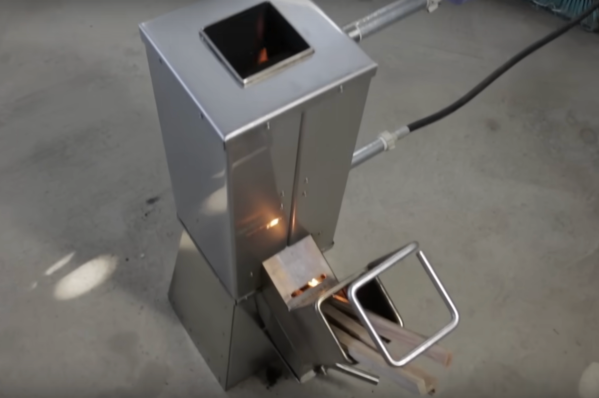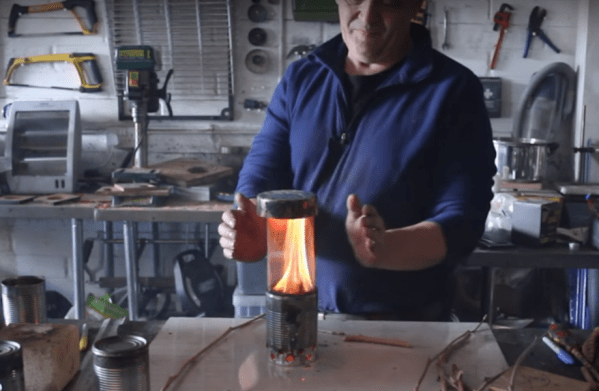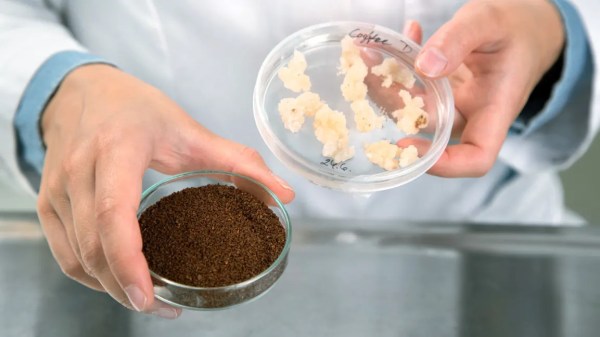So far, food for astronauts hasn’t exactly been haute cuisine. Freeze-dried cereal cubes, squeezable tubes filled with what amounts to baby food, and meals reconstituted with water from a fuel cell don’t seem like meals to write home about. And from the sound of research into turning asteroids into astronaut food, things aren’t going to get better with space food anytime soon. The work comes from Western University in Canada and proposes that carbonaceous asteroids like the recently explored Bennu be converted into edible biomass by bacteria. The exact bugs go unmentioned, but when fed simulated asteroid bits are said to produce a material similar in texture and appearance to a “caramel milkshake.” Having grown hundreds of liters of bacterial cultures in the lab, we agree that liquid cultures spun down in a centrifuge look tasty, but if the smell is any indication, the taste probably won’t live up to expectations. Still, when a 500-meter-wide chunk of asteroid can produce enough nutritionally complete food to sustain between 600 and 17,000 astronauts for a year without having to ship it up the gravity well, concessions will likely be made. We expect that this won’t apply to the nascent space tourism industry, which for the foreseeable future will probably build its customer base on deep-pocketed thrill-seekers, a group that’s not known for its ability to compromise on creature comforts.
biomass8 Articles
If Wood Isn’t The Biomass Answer, What Is?
As we slowly wean ourselves away from our centuries-long love affair with fossil fuels in an attempt to reduce CO2 emissions and combat global warming, there has been a rapid expansion across a broad range of clean energy technologies. Whether it’s a set of solar panels on your roof, a wind farm stretching across the horizon, or even a nuclear plant, it’s clear that we’ll be seeing more green power installations springing up.
One of the green power options is biomass, the burning of waste plant matter as a fuel to generate power. It releases CO2 into the atmosphere, but its carbon neutral green credentials come from that CO2 being re-absorbed by new plants being grown. It’s an attractive idea in infrastructure terms, because existing coal-fired plants can be converted to the new fuel. Where this is being written in the UK we have a particularly large plant doing this, when I toured Drax power station as a spotty young engineering student in the early 1990s it was our largest coal plant; now it runs on imported wood pellets.
Continue reading “If Wood Isn’t The Biomass Answer, What Is?”
Succulents Into Supercapacitors
Researchers in Beijing have discovered a way to turn succulents into supercapacitors to help store energy. While previous research has found ways to store energy in plants, it often required implants or other modifications to the plant itself to function. These foreign components might be rejected by the plant or hamper its natural functions leading to its premature death. 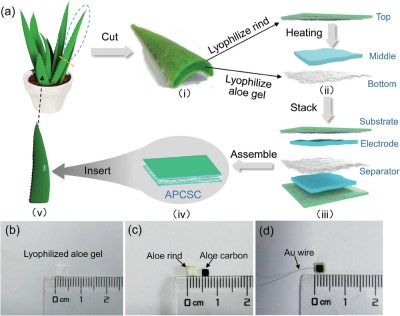
This new method takes an aloe leaf, freeze dries it, heats it up, then uses the resulting components as an implant back into the aloe plant. Since it’s all aloe all the time, the plant stays happy (or at least alive) and becomes an electrolytic supercapacitor.
Using the natural electrolytes of the aloe juice, the supercapacitor can then be charged and discharged as needed. The researchers tested the concept by solar charging the capacitor and then using that to run LED lights.
This certainly proposes some interesting applications, although we think your HOA might not be a fan. We also wonder if there might be a way to use the photosynthetic process more directly to charge the plant? Maybe this could recharge a tiny robot that lands on the plants?
Rocket Stove Efficiently Heats Water
Rocket stoves are an interesting, if often overlooked, method for cooking or for generating heat. Designed to use biomass that might otherwise be wasted, such as wood, twigs, or other agricultural byproducts, they are remarkably efficient and perform relatively complete combustion due to their design, meaning that there are fewer air quality issues caused when using these stoves than other methods. When integrated with a little bit of plumbing, they can also be used to provide a large amount of hot water to something like an off-grid home as well.
[Little Aussie Rockets] starts off the build by fabricating the feed point for the fuel out of steel, and attaching it to a chimney section. This is the fundamental part of a rocket stove, which sucks air in past the fuel, burns it, and exhausts it up the chimney. A few sections of pipe are welded into the chimney section to heat the water as it passes through, and then an enclosure is made for the stove to provide insulation and improve its efficiency. The rocket stove was able to effortlessly heat 80 liters of water to 70°C in a little over an hour using a few scraps of wood.
The metalworking skills of [Little Aussie Rockets] are also on full display here, which makes the video well worth watching on its own. Rocket stoves themselves can be remarkably simple for how well they work, and can even be built in miniature to take on camping trips as a lightweight alternative to needing to carry gas canisters, since they can use small twigs for fuel very easily. We’ve also seen much larger, more complex versions designed for cooking huge amounts of food.
A Simple Stove, Built For Beans
Sitting around a campfire or fireplace is an aesthetically pleasing experience in most situations, and can even provide some warmth. But unless you have a modern wood-burning appliance, it’s likely that most of the energy available in the biomass is escaping as un-burned vapors. Surprisingly, solving this problem is almost as easy as buying a can of beans at the store, and the result is a very efficient stove which can be used for heat in a pinch.
[Robert] is demonstrating this gasifier stove, not with beans but using both a can of peas and a larger can of potatoes. Various holes are drilled in each can in a specific pattern, and then the smaller pea can is fitted inside the larger potato can. Once a fire is going, the holes allow for air to flow in a way which traps the escaping un-burned vapors from the fuel and burns them as they flow through the contraption. No moving parts are required; this is all powered by the natural airflow that’s produced by the heat of the fire.
The result of a build like this is not only a stove which can extract a much higher percentage of the available fuel, but also quires much less fuel for a given amount of heat, and produces a much cleaner, less smokey fire. [Robert] also added a screen mantle which allows for this to be used more as a heat source, but similar builds can also be used just as effectively for cooking, too.
Move Aside Solar, We’re Installing An Algae Panel
[Cody] of Cody’sLab has been bit by what he describes as the algae growing bug. We at Hackaday didn’t know that was a disease floating around, but we’ll admit that we’re not surprised after the last few years. So not content to stick to the small-time algae farms, [Cody] decided to scale up and build a whole algae panel.
Now, why would you want to grow algae? There are edible varieties of algae, you can extract oils from it, and most importantly, it can be pumped around in liquid form. To top it off, all it needs is just sunlight, carbon dioxide, and a few minerals to grow. Unlike those other complicated land-based organisms that use photosynthesis, algae don’t need to build any structure to hold themselves up or collect sunlight; it floats.
The real goal of the algae is to build a system known as “Chicken Hole.” The basic idea is to have a self-sufficient system. The algae feed the insects, the insects feed the chickens, and so on up the chain until it reaches [Cody]. While glass would make an ideal material for the algae tubes, plastic soda bottles seem like a decent proxy for a prototype and are much cheaper. He connected around 100 half-liter bottles to form long tubes and a PVC distribution system. The algae needs to be pumped into an insulated container to prevent it from freezing at night. At first, a simple timer outlet controlled the pump to only run during the day, draining it via gravity at night. However, the algae can’t heat up enough when running on cloudy, cold winter days, and it cools off. A solar panel and a temperature sensor form the logic for the pump, with a minimum temperature and sunlight needed to run.
[Cody] mentions that he can expect around 10 grams of algae per day on a panel this size in the winter. He’s going to need quite a few more if he’s going to scale up properly. Perhaps in the future, we’ll see panels growing algae robots? Video after the break.
Continue reading “Move Aside Solar, We’re Installing An Algae Panel”
Is Lab-Grown Coffee Worth A Hill Of Beans?
Historically, coffee has needed two things to grow successfully — a decent altitude and a warm climate. Now, a group of scientists from the VTT Technical Research Centre of Finland have managed to grow coffee in a lab. They started by culturing coffee plant cells, and then planted them in bioreactors full of nutrient-rich growing medium. But they didn’t grow plants. Instead of green beans inside coffee cherries, the result is a whitish powdered biomass that resembles pure caffeine. Then the scientists roasted the powder as you would beans, and report that it smells and tastes just like regular coffee.
There are plenty of problems percolating with the coffee industry that make this an attractive alternative — mostly worker exploitation, unsustainable farming methods, and land rights issues. And the Bean Belt, which stretches from Ethiopia to South America to Southeast Asia is getting too hot. On top of all that, coffee production is driving deforestation in Vietnam and elsewhere, although coffee could help the forests regenerate more quickly.
Coffee purists shouldn’t be dismayed, because variety is still possible using varying cell cultures to dial in the caffeine level and the flavors. We’ll drink to that.
Another thing in the industry that’s a real grind is coffee cupping, but spectroscopy could soon help determine bean quality.



